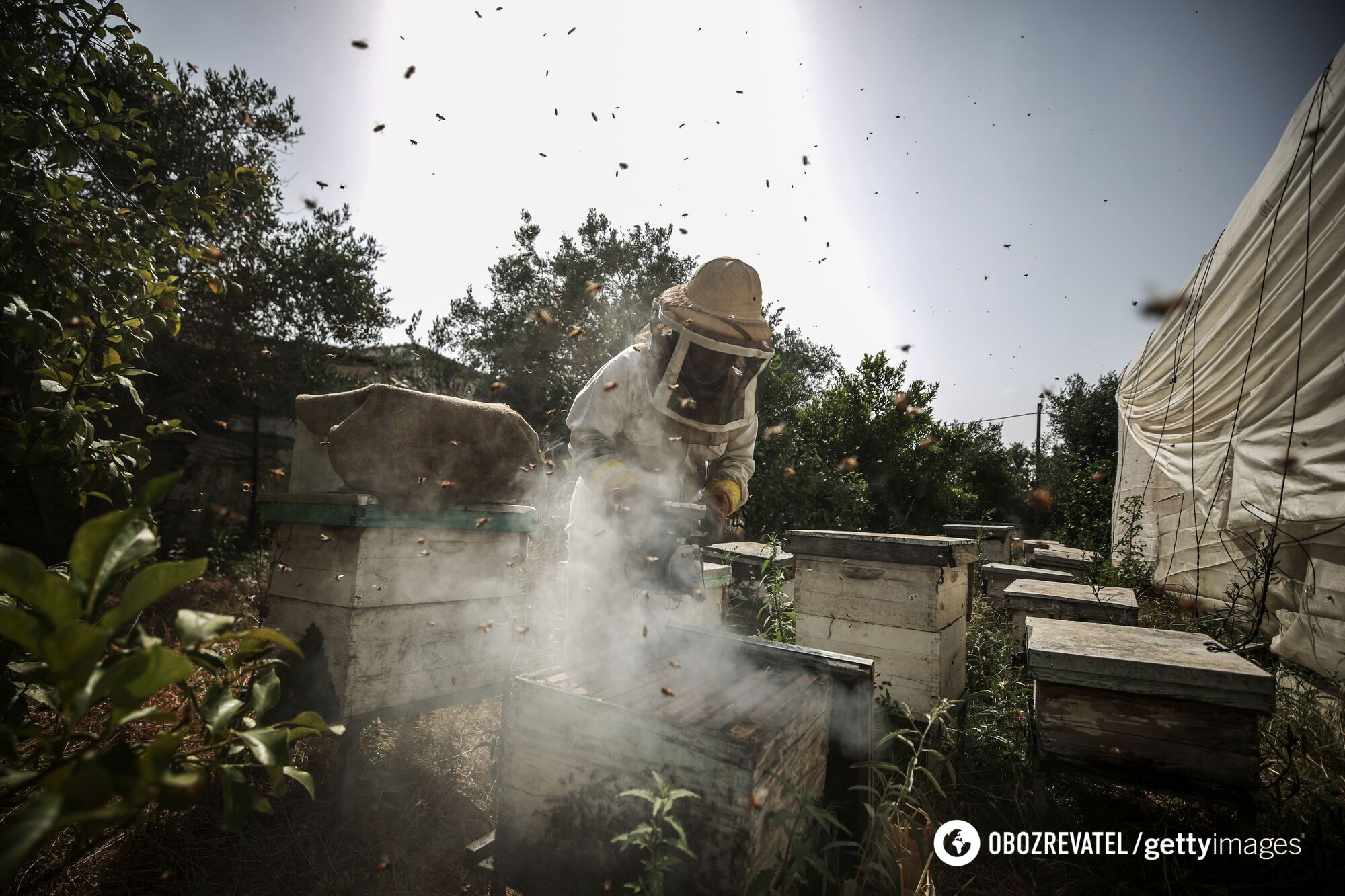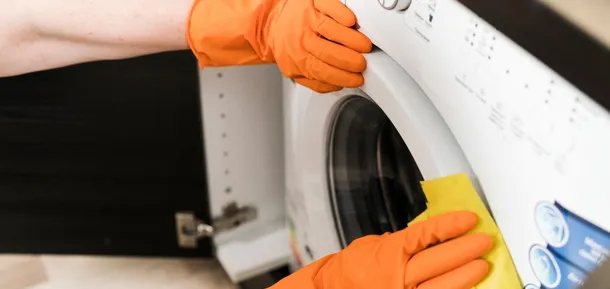News
Burning alive and radiation poisoning: four of the most painful ways to die
Scientists have identified which types of death are the most painful. These include burning alive, radiation poisoning, and decompression sickness.
According to MailOnline, these are the most cruel ways to die. Although in most cases a person dies almost instantly, these minutes are very painful.
Burning alive
This type of death usually results in death within a few minutes. But these are very long and difficult minutes.
The fire causes soft tissue to contract, which leads to the skin tearing in layers, starting with the outer layer, the epidermis. In a matter of seconds, fire can strip the body of its deepest skin, the hypodermis. It consists of fat cells and connective tissue that protect organs from injury. After the skin is burned, the fire burns the muscles and fat, causing them to shrink. If nothing is left to protect the organs, they can either boil or begin to decompose. The eyes can also boil, causing blindness.
However, most often a person who is on fire dies from inhaling smoke. Smoke prevents oxygen from entering the body, which leads to difficulty breathing. This is the main cause of about eight out of ten fire-related fatalities.
Radiation poisoning
High doses of radiation can burn the body from the inside. In this case, a person who has received radiation may still be alive for some time. MailOnline discussed the case of radiation poisoning of a 35-year-old worker at a nuclear fuel reprocessing plant in Japan.
In 1999, Hisashi Ouchi and two of his colleagues were standing near a fuel tank when one of them added 16 kilograms of uranium to the processor, seven times the safe amount. Ouchi, who was standing over the processing container at the time, was exposed to 17,000 millisieverts (mSv) of radiation, the highest ever recorded by any person at one time. At the same time, a dose of 5,000 mSv is considered fatal.
At first glance, the man seemed to be unharmed - his condition began to deteriorate over the next 83 days. Extreme radiation was killing his cells faster than his body could replace them. He died of multiple organ failure 83 days after the accident. After going through hellish and long-lasting pain inside.
In the history of Ukraine, the largest example of deaths from radiation sickness is the disaster at the Chornobyl nuclear power plant (ChNPP). 31 people died of radiation poisoning only in the first few months after the explosion.
Being eaten alive by bugs
Today, such a death is practically unheard of, but it used to be a fairly common form of torture. For example, in ancient Persia, it was quite commonplace. A person was stripped naked and placed between two logs so that only the head and limbs stuck out. The torturers poured honey all over the person's body and forced them to swallow milk and honey to induce diarrhea, and repeated this process for several days, periodically bringing the victim to consciousness. This horrific practice was intended to attract bees and other insects, which laid eggs and slowly ate the body alive, causing excruciating pain.
Decompression sickness
Decompression syndrome occurs when a person moves too quickly from a high-pressure environment to a low-pressure environment.
This happens most often to deep-sea divers. They are immersed in water with the help of compressed air, which allows them to breathe normally. According to Harvard University, when diving with compressed air, a diver receives an additional amount of oxygen and nitrogen. The body uses oxygen for breathing, but nitrogen dissolves in the blood. The pressure decreases closer to the surface, but if the transition is too fast, the nitrogen does not have time to be removed from the blood.
Excess nitrogen spreads throughout the body and to surrounding organs, damaging blood vessels and blocking blood flow. The bubbles also lead to severe muscle spasms and pain, up to and including organ failure.
Death occurs almost instantly, but it is horrible. A person's blood can boil as dissolved nitrogen reverts to a gaseous state, and fat accumulates and hardens in their arteries, veins, hearts, and liver. The only way to prevent decompression sickness is to carefully return to the surface to allow time for nitrogen to diffuse naturally.
Only verified information is available on OBOZ.UA Telegram channel and Viber. Do not fall for fakes!































